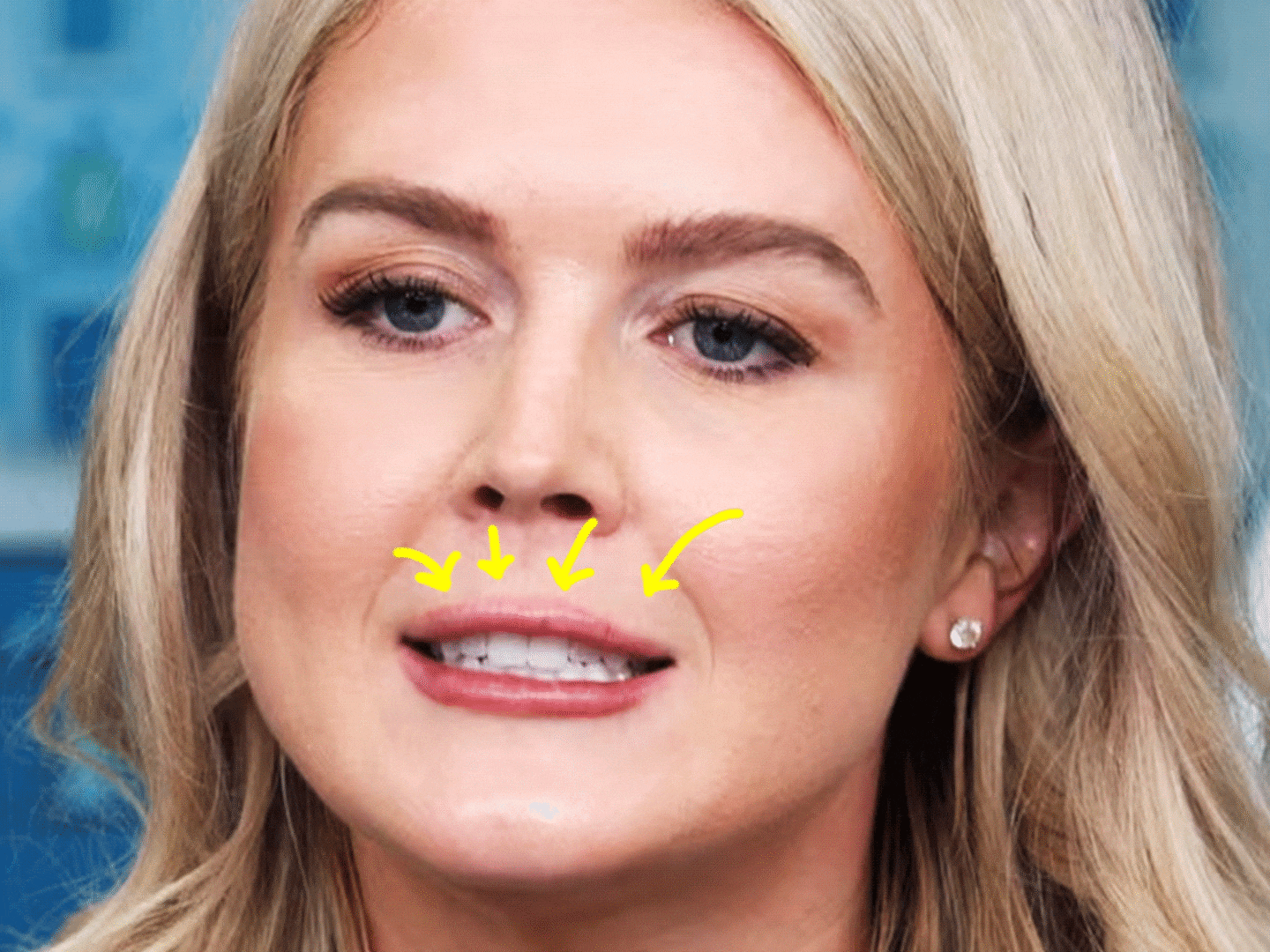
Part 1:
Forget sex, power, and money.
The fiercest Washington dramas often turn out to concern ... accounting.
On April 10th, Washington debated a new report by Medicare trustee Chuck Blahous. The report argued that the healthcare reform of 2010 would increase federal deficits by much more than the Obama administration admits. The difference turned on this issue: should reductions in projected Medicare spending by measured against the CBO's current-services baseline or against existing federal law governing the Medicare trust funds?
Exciting!
I won't recapitulate the debate here. You can catch up by reading these links: pro-Blahous here, anti-Blahous here, and just-the-facts reporting here.
But suppose you are not interested in accounting? Suppose you think that what matters most is the underlying economics of the dispute, not the conventions governing the reporting of that economics?
Then you need to turn back to an earlier dispute: a dispute over why the future of Medicare looks so unhealthy.
Part 2:
Behind the Medicare accounting debate is this debate over Medicare economics:
Why have Medicare's costs risen so rapidly—and why are they projected to increase rapidly into the future?
The diverging answers to that "why" question point us toward two radically diverging policy responses.
Answer 1:
Medicare's costs are rising rapidly because of the rising costs of medicine.
Since the 1970s, the number of people eligible for Medicare has increased rapidly. But the per-person cost of Medicare has increased even more rapidly than the eligibility numbers.
Medicare costs, it's argued here, are driven primarily by health-care inflation. Exhibit A for this point of view is the following chart from the Congressional Budget Office:

If this chart is true, then the answer to the Medicare challenge is to change the way the U.S. health system delivers care, so as to constrain future cost growth. If the chart is true, you can't fix Medicare from inside Medicare. You can only fix Medicare by squeezing healthcare providers, applying more rigorous cost-benefit analysis to new technologies, and other similar reforms. That's the meaning of President Obama's often-quoted line, "healthcare reform is entitlement reform."
But not everybody agrees with Answer 1.
Some argue Answer 2:
Medicare's costs are rising rapidly primarily because of the increase in the number of people qualifying for Medicare, especially the increase on the back end, among the oldest of the old.
The Bureau of the Census reports:
The nation's 90-and-older population nearly tripled over the past three decades, reaching 1.9 million in 2010, according to a report released today by the U.S. Census Bureau and supported by the National Institute on Aging. Over the next four decades, this population is projected to more than quadruple.
Because of increases in life expectancy at older ages, people 90 and older now comprise 4.7 percent of the older population (age 65 and older), as compared with only 2.8 percent in 1980. By 2050, this share is likely to reach 10 percent.
The majority of people 90 and older report having one or more disabilities, living alone or in a nursing home and graduating from high school. People in this age group also are more likely to be women and to have higher widowhood, poverty and disability rates than people just under this age cutoff.
It's hard to imagine a "health-care reform" that will curb the cost of caring for a quadrupled population of people over 90.
If it's demographics, not health-care inflation, that is driving entitlement costs, then healthcare reform is mostly irrelevant to today's problems. We have a genuinely new cost and it can be met only by finding new resources: either new governmental resources (more tax revenue) or new private resources (more individual saving).
If you believe that demographics, not health inflation, is driving Medicare, then you will rapidly think your way to the stark alternative that so frightens Congressman Paul Ryan: either we accept unprecedented peacetime levels of taxation in the United States—or else we must induce Americans to save much more for their own individual future care, especially those elements of the population still young enough to assemble the necessary savings.
—More to Come—





